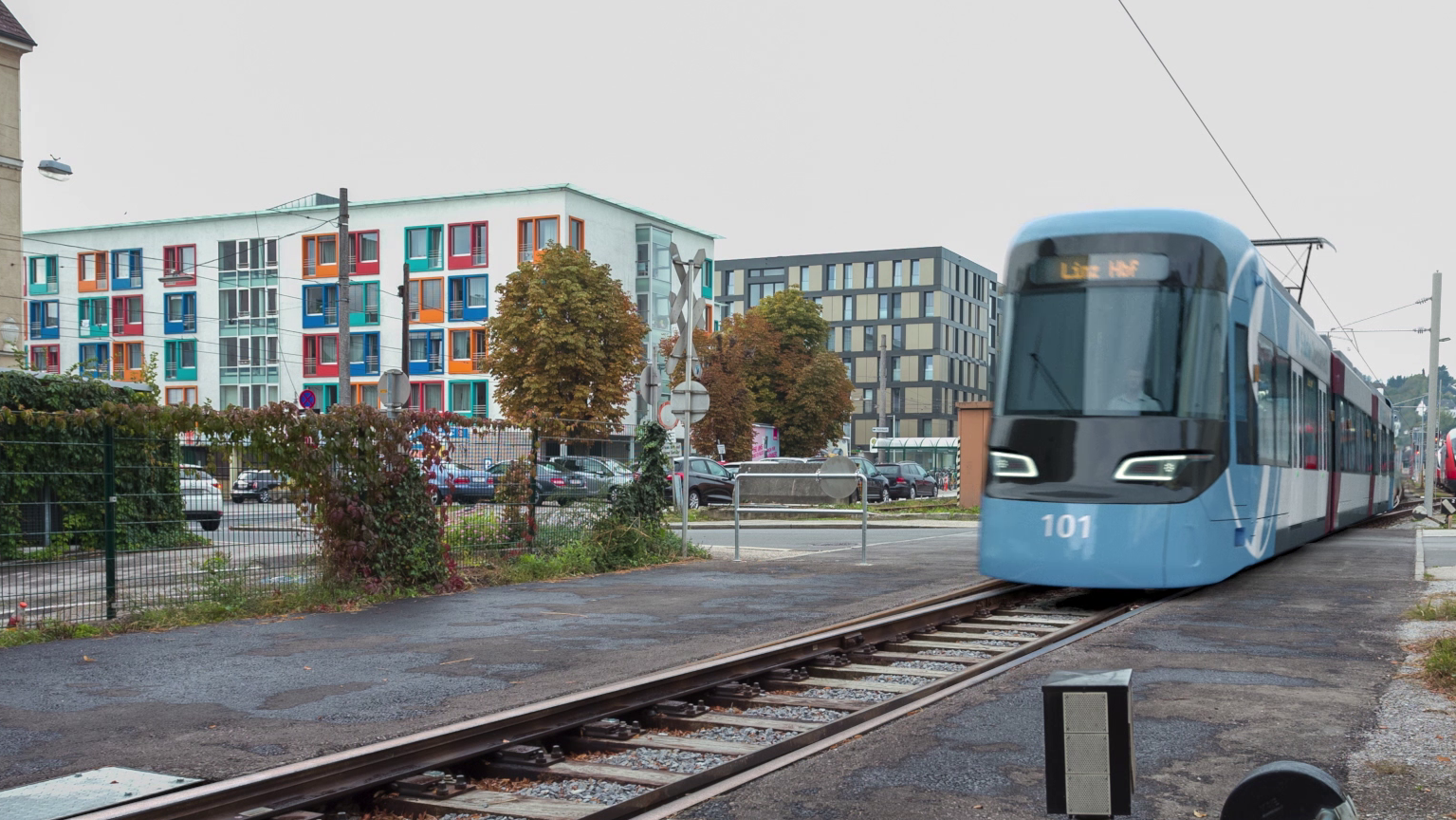State politicians describe the regional light rail system, which is intended to connect the Mühlviertel with the state capital, as the “largest rail infrastructure project in post-war history”. It is already foreseeable that the construction will be significantly more expensive than planned – but the economy will still benefit.
“To put it bluntly: We’re making a deal with the project.” This is how Governor Thomas Stelzer (ÖVP) summarizes the content of a current study that he presented on Tuesday together with Transport Councilor Günther Steinkellner (FPÖ) in the country house. The regional light rail presented in 2020 with two new S-Bahn lines (extension of the Mühlkreisbahn and axis Linz-Urfahr to Pregarten, each with a through connection to Linz Central Station) is simply a “project of the century”. Discord: On the one hand, the city of Linz insists that the two additional planned trolleybus lines run parallel to the rails of the city railway. But the country doesn’t want that. On the other hand, a critical report by the Federal Court of Auditors questions the project in terms of passenger potential and cost-benefit analysis. In fact, the construction costs estimated for 2020 will not be met, admitted study author Helmut Berrer from the Economica Institute for Economic Research on Tuesday.A quarter more expensiveThe costs of almost 400 million euros planned for the inner-city area alone would increase by a quarter from today’s perspective, according to calculations Berrer before. Probably not least to take the wind out of the sails of possible critics, the state commissioned the institute with the present study – which is the basis of Stelzer’s “flapsiger” analysis of the total investment would be provided by Austrian companies. According to the study, for every one million euros invested, around 530,000 euros in gross value added would be triggered, 6.4 jobs would be secured or created and wages and salaries totaling 300,000 euros would be paid out. In addition, for every one million euros invested, 360,000 euros in taxes flow back to the nationwide public sector. Because before there is no agreement between Linz and the state of Upper Austria on the trolleybus issue, the federal government will also hold back with definite financing commitments. The new study may accelerate the settlement of the dispute. After all, the state capital emerges as the biggest beneficiary. The city’s gross value added, which accounts for 7.5 percent of the construction costs, even exceeds the financing costs, says Berrer. When does it start? As far as the implementation of the regional light rail is concerned, Steinkellner’s transport department plans the following schedule: Beginning of 2024: Start of the Submission planning for the first construction lot (main station to university hospitals); Mid-2025: Submission of the project; 2027: Implementation of the first preparatory construction measures.
source site-12
